 |
 |
 |
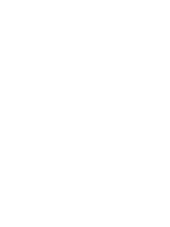
|
Tern de Sant Valeri Dalmatic
Iberic Peninsule
1230-1275
Teixit de les rosasses: silk and gold pseudolampas, with tapestry in breast ornament.
Sleeves: teixit de les aus fènix, silk and gold lampàs, 14th century Central Asia
Purchase, 1932
MTIB 5.203
|
|
 |
DRESSING THE BODY SILHOUETTES AND FASHION (1550-2015)
Permanent exposition
Rather than merely presenting the collection of clothing from the 16th century to the present, whether by chronological order or by designer, this exhibition explores the relationship between clothes and the body, a relationship has not always remained the same over the centuries. From the 16th century to the present, clothes have alternately compressed or freed, stylised or conferred volume.
|

|
Posted 26 June 2018
|
Share this:
|
|
The Clothed Body illustrates how far the dictates of fashion can impose conditions of servitude or slavery. In 2017, the exhibition was revised and extended to include outstanding designs illustrating contemporary Spanish fashion from the 1990s to the present. The new additions include 12 dresses, as well as works by seven designers recently inducted into the Museum collections. More articles by designers already represented, such as Sibylla, Ailanto and Miriam Ponsa, were also added, as well as pieces by Lydia Delgado, CarlotaOms, Isometric, Emilio de la Morena, Krizia Robustella, Brain&Beast, Celia Vela and Armand Basi. A new edition of the catalogue has also been published.
|
|
|
|
|
|
|
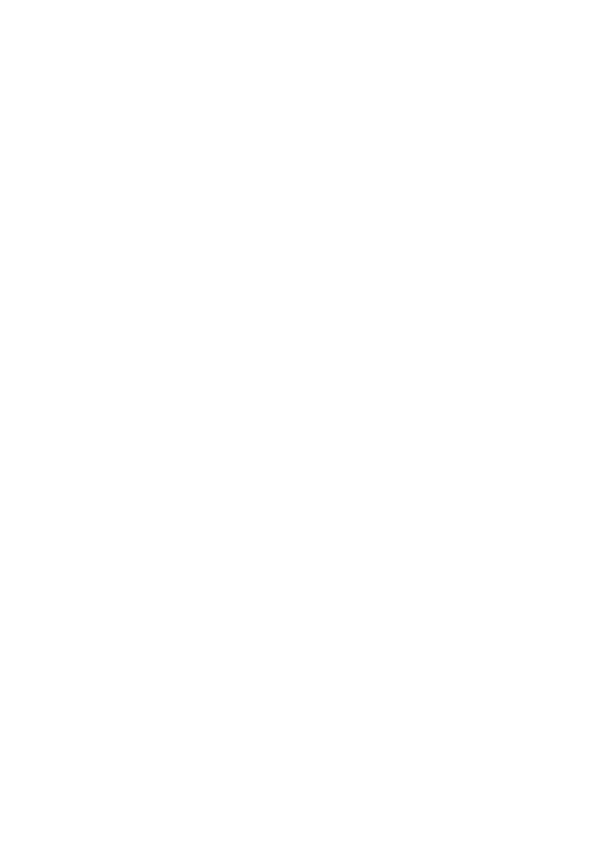
Dress
Barcelona
1850-1855
Silk taffeta and satin, silk velvet ribbon
Donated by Manuel Rocamora, 1969
MTIB 88073
|
|
|
|
|

|

|

|
The beginning of the exhibition explains five basic actions which have been used to modify the body’s appearance throughout the history of the dress: to widen (through frilly necks, exaggerated busts, pumpkin culottes and puffed out frontispieces, frills and bows), to reduce (through tight bodices and corsets), to lengthen (with wigs and ornaments, top hats or platform shoes) and to profile (with leggings and tights which create a filiform outline, singlet or fishnet); and a fifth action, to reveal (through transparencies and minimal pieces of clothing), corresponding to times of freedom which break with conventions and artifice in clothing: the French Revolution, for example, the twenties and thirties, and the sixties in the 20th century.
In each era, depending on the fashion, these five actions model the body through clothing. There are multiple readings connecting forms and fashion with the aspirations of men and women, with the ever-changing canon of beauty, with forms of social representation and moral conventions, which evolve with western history. The exhibition invites the spectator to take a fascinating journey through the history of culture, with dress, forms and the body as protagonists
|
|
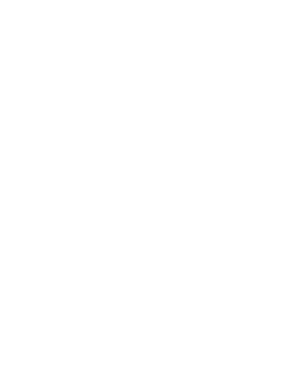
Dress
Anita Monrós (1882-1959)
Barcelona
1926
Silk crepe georgette and gauze, fringes, embroidered with beads, sequins and silver thread
Donated by Manuel Rocamora, 1969
MTIB 88165
|
|
|
|

|

|

|
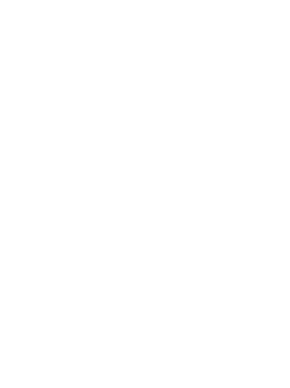
Corset
Catalonia
1750-70
Silk brocaded cannalé with gold thread, stays
Donated by Manuel Rocamora, 1935
MTIB 21959
|
|
Each time has its own forms
This journey comprises large glass cases organized into ten historical eras: from the world of the courtesans of the 16th and 17th centuries to present day designers. They explain the evolution of fashion, from the superposition of the five actions described at the very beginning: after the world of the courtesans came the revolution, the return to order of the Restoration, the apotheosis of the bourgeois life style, the triumph of industrialization, Modernism, the twenties and thirties, the golden age of haute couture, ready to wear clothes, and globalization.
One example: Modernist clothes reflect a taste for curves, the whiplash, which applied to a woman’s dress gives an S shape: frills and flounces puff out sleeves and skirts. The arms and bust form a single volume pushing forward. The corset constrains the bust and the waist. They get to be so long that they impede movement and even cause serious health problems because since they constrain the body they change the position of the internal organs. The British tailor John Redfern creates the jacket and dress for greater comfort. Towards 1900 the figure becomes more svelte and skirts with corolla take on the shape of a flower. The dress cannot be separated from the other arts: it reflects the same idealized and decorative taste.
|
|
|
|

|

|

|
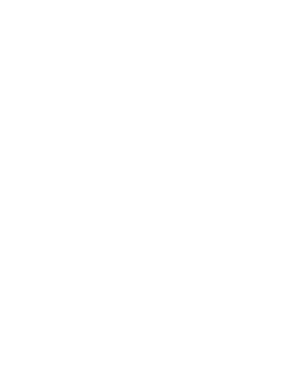
Dress
Autumn-winter collection 1956-57
Cristóbal Balenciaga (1895-1972)
Paris
1956
Bodice of draped silk tulle skirt, silk taffeta flower, skirt of silk satin
Label: Balenciaga Avenue Georges V. Paris
Donated by the Asociación Española de Productoras de Fibras Químicas, Sra. Aguirre de Azañón, 1981
MTIB 109904
|
|
A spectacular and savvy show
Each of the large glass cases contains fixed elements. A mannequin with mobile parts allows a description of the actions performed on the body. A reproduction of a painting from the time (with a lenticular screen to simulate movement) or, in modern times a projection, show the cultural context of the clothes. A golden mannequin standing out among all the others presents a contemporary dress, echoing historical forms and adapting certain aspects of them. This helps show the connection between the work of today’s creators and the history of fashion, understood as a great collection of ideas, concepts and forms. Finally, the dresses, splendid, well-lit and arranged in theatrical manner; a selection of the best from each era, unique pieces, preserved over the centuries and restored for this exhibition. Over and above the discourse proposed by the exhibition, the visitor can dwell on other aspects: colours, embroideries or patterns.
|
|
|
|
|

|

|

|
The collection grows and arrives at the present day
The glass cases form a central architectonic body which gives form to the room. Around them is a timeline on the history of the dress, with illustrations, animations and in more recent times, film. The exhibition closes spectacularly with a space dedicated to the 20th century, where dresses and film join together in an installation conceived as a play with mirrors. Lastly, the latest fashion contributions: the Museu del Disseny has come to an agreement with 080 Barcelona Fashion to gradually increase its assets with dresses by new creators. A series of important acquisitions has also been made to update and round off the collection.
|
|
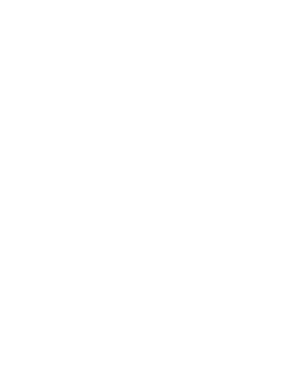
Ensemble of body, corset and culottes
La Marthe (Marta Esteban, 1971)
Barcelona
2006
Body of knitted polyester and elastane fabric, ribbon of cotton twill, undercorset of cotton twill, plastic stays, ribbon of satin polyester and cotton twill, culottes of cotton organza, knitted polyester and elastane, plastic stays, ribbon of cotton twill
Label: La Marthe
First Prize, International Apparel Federation, Taipei, 2006
Donated by La Marthe
MTIB 4231/14
|
|
|
|
|
|
|
|
|
|


